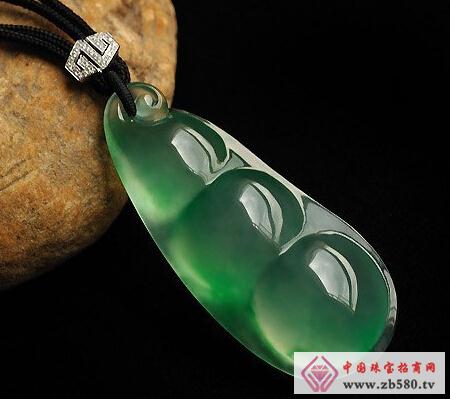Violet jade is a kind of jade, named after the color of the violet flower, usually lavender.
Purple is widely distributed in jade, and purple is often seen in green jade, but most of them are lighter in color, distributed in pieces, and the boundaries of white jade are blurred, and they are interspersed with green jade. From the structure, the purple jade is mostly medium-sized and coarse-grained from column to long column. Some purple jadeite grains can be giant-grained, up to 10mm in length, and the combination between the particles is relatively close, so the transparency of the same piece of jade purple is often Better than the white part. In terms of chronological order, purple jadeite belongs to the jade of the earlier generation, but later than the white jade of the same era, the purple emerald is often surrounded by white emeralds in breccia. It is generally believed that there is no better and more green in purple jade.

Purple jade is also called violet emerald, and the violet color of the best color is no less than green. The color of violet emerald can be pink purple, which is called pink purple. It may also be blue purple. Call it blue purple. The purple color between the two, followed by a little purple called the eggplant purple. In order to obtain high profits, some people not only make fakes on the green of jade, but also in the purple jade, there are also artificial coloration.
In the identification of the authenticity of the purple emerald color, first use the magnifying inspection, that is, using a magnifying glass or a microscope to observe, firstly, the characteristics of the purple distribution, the relationship between the color and the jadeite structure (crystal, crack, etc.), if artificially stained, Then the color penetrates along the micro-cracks of the jade, and there is a accumulation phenomenon in the loose structure. The concentration of the color is lightened from the surface of the surface and to the cracks. If it is a natural color, the color is more uniform, and there are radix, cracks and loose places. No accumulation. In addition, it can also be observed by means of UV lamps (ultraviolet fluorescent lamps). Natural purple jadeite generally has no fluorescence reaction under ultraviolet light; while dyed purple jade has obvious fluorescence under ultraviolet light.
There are indeed artificially dyed violet jade in the market, both in shades and shades. The purple stain is generally manganese salt, and the jadeite colored by manganese ions (tetravalent manganese ions) has no reaction under the Charles filter. It should be pointed out that the identification of true and false purple is mainly based on magnifying inspection. Ultraviolet fluorescent lamp inspection is only an auxiliary means. The quality of true and false can be checked by the person with the qualification of quality inspector or the inspection institution with legal qualification. turn off.
SUSAN GIFTS CO.,LIMITED , https://www.susangifts.com
![<?echo $_SERVER['SERVER_NAME'];?>](/template/twentyseventeen/skin/images/header.jpg)